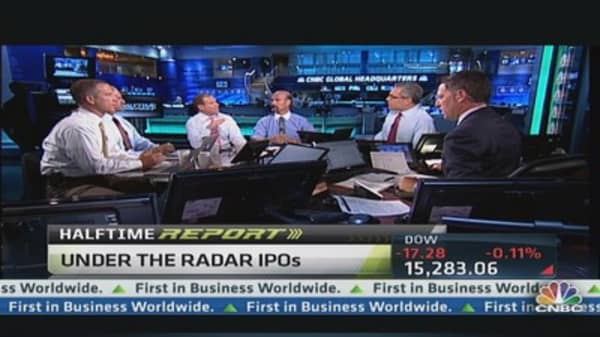"It's like a shadow inventory," says Cindi Profaca, managing director of IPOFinancial.com, who has been analyzing IPOs for 18 years. "You don't know what the real inventory is."
That's because unlike traditional IPOs, which file an initial S-1 prospectus with the SEC as their initial foray into the IPO process, these start out under the radar. They can test the waters and gauge interest with a private SEC filing accessible only by qualified investors.
There is where it gets interesting -- and still somewhat below the radar: Once they file their S-1, usually after filing a "draft registration statement"—which eagle-eyed investors can spot much earlier as a Form DRS on on the SEC's Edgar website— they can be public in a mere 21 days without doing the classic road show presentation to prospective investors.
Noodles, for example, was public in less than five weeks after filing its S-1. Compare that with months, sometimes many months, for a traditional IPO.
The shorter the lead time, the less time for scrutiny—and the less time for deals to get chatted up (or down!)
My take: Beware.





